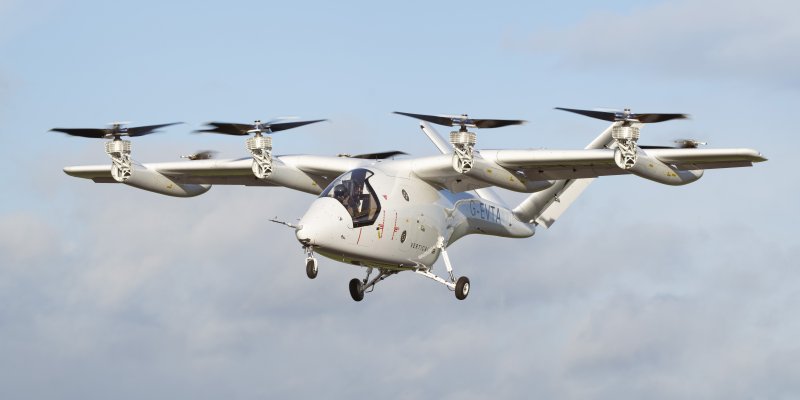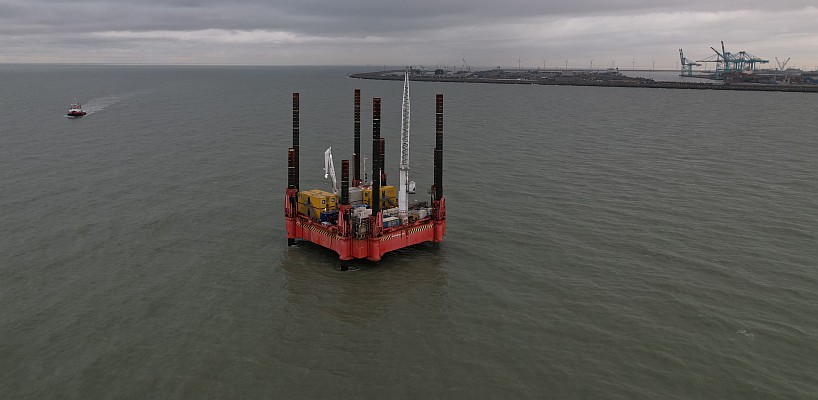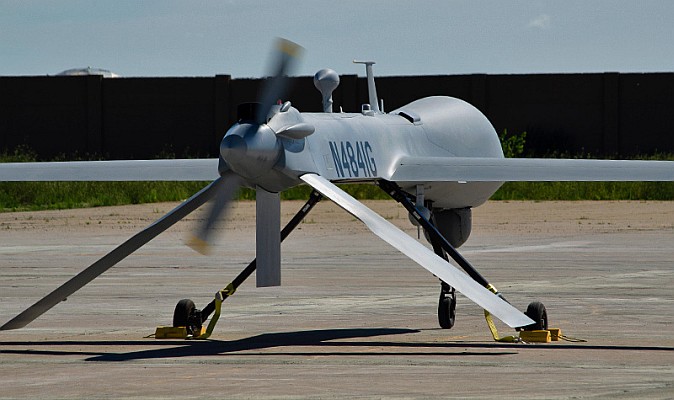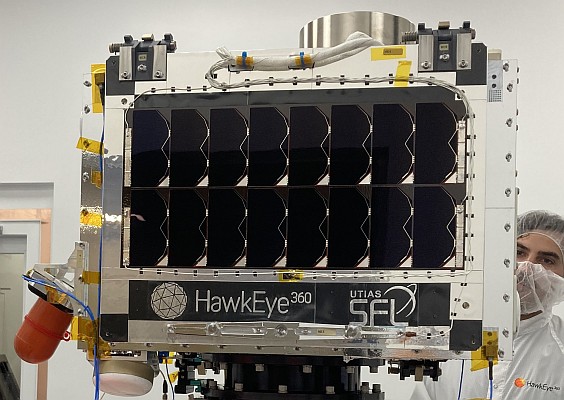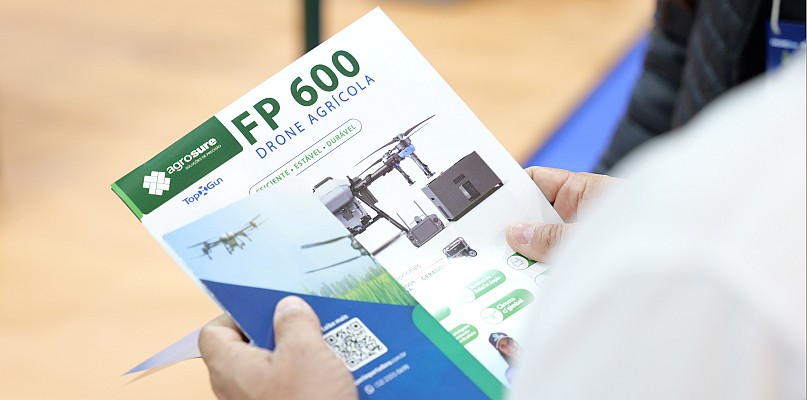Leica Geosystems announces the successful flight testing of its new Point Density Multiplier technology for airborne LIDAR. The unique scanning system allows the use of a single laser and scanning mechanism to provide over double the data collection productivity of previous systems. The new technology will be incorporated into Leica Geosystems’ ALS series airborne LIDAR Systems.
According to Ron Roth, Product Manager for Airborne LIDAR at Leica Geosystems’ Airborne Sensors Business Unit, "The market constantly demands higher productivity from airborne sensing systems to reduce the equipment and labor costs associated with data collection. With a measurement rate of 500 kHz, this new technology gives the industry-leading data acquisition productivity that our customers desire, without the complexity of multiple lasers or scanners. In addition, it also allows the doubling of scan rates, for unrivaled control over the point pattern on the ground.”
“Doing this with a single laser and scanner maximizes accuracy by using a single measurement electronics chain, while maximizing reliability by reducing parts count. Dual laser scanner designs were rejected due to data consistency risks. In fact, this new technology actually has a higher pulse rate than two current-generation systems operating in tandem. Because this technology uses the proven ALS60 platform, the technology can be readily installed in many existing Leica Geosystems LIDAR systems, thus preserving current customers’ investments.”
Follow us on Twitter.


